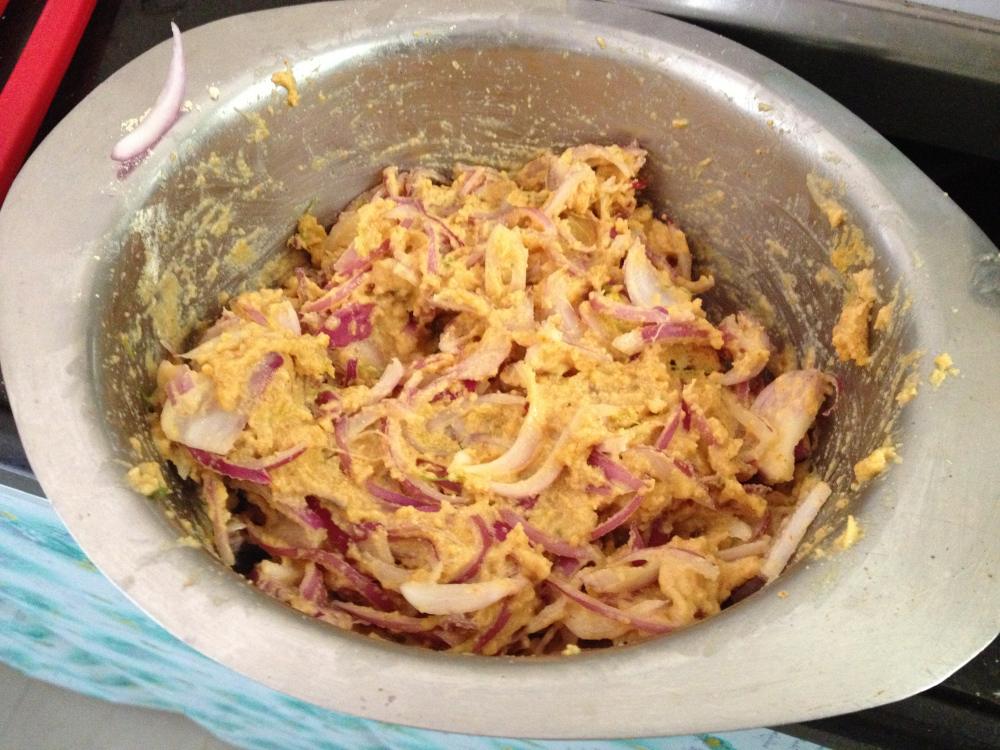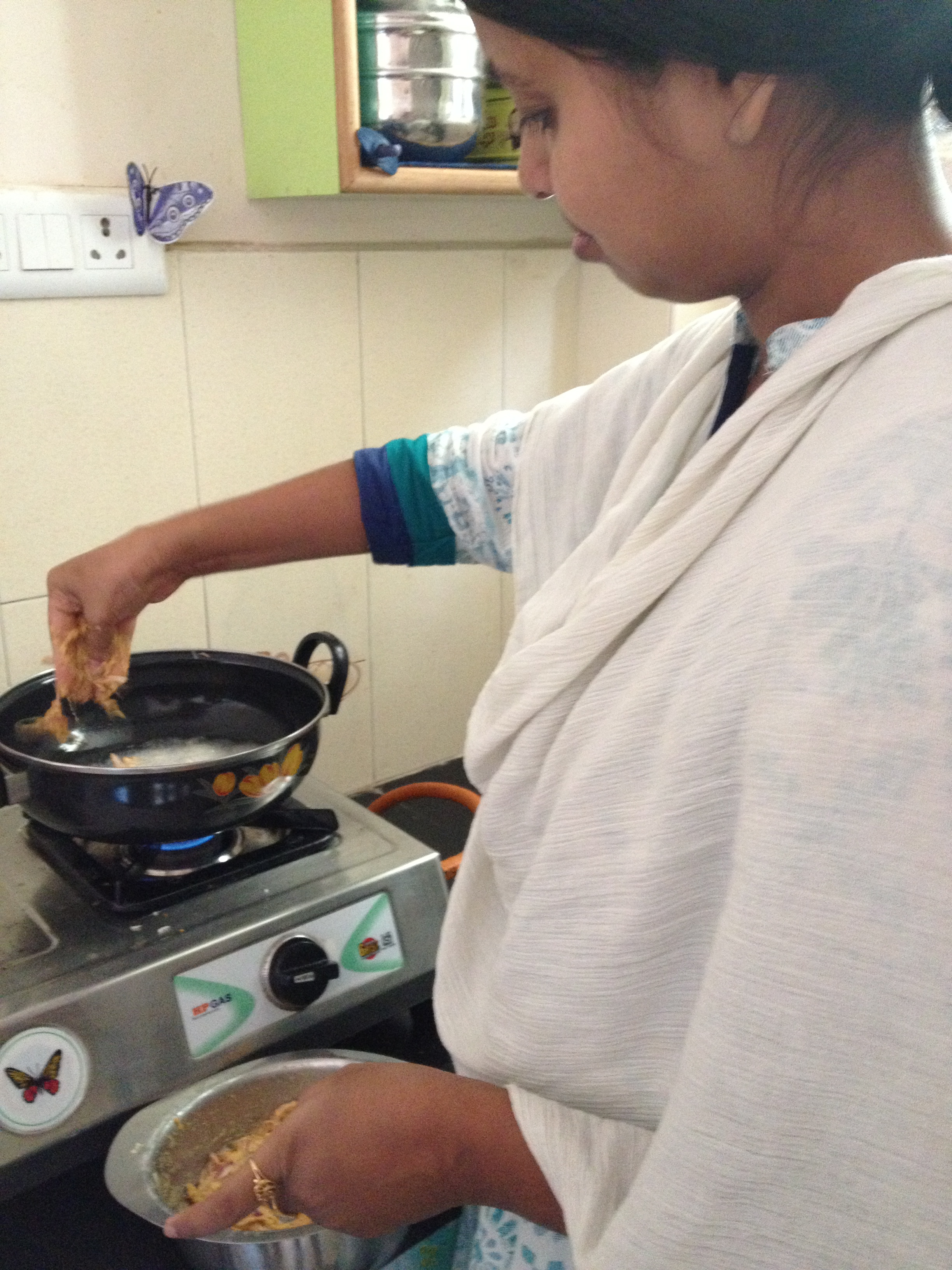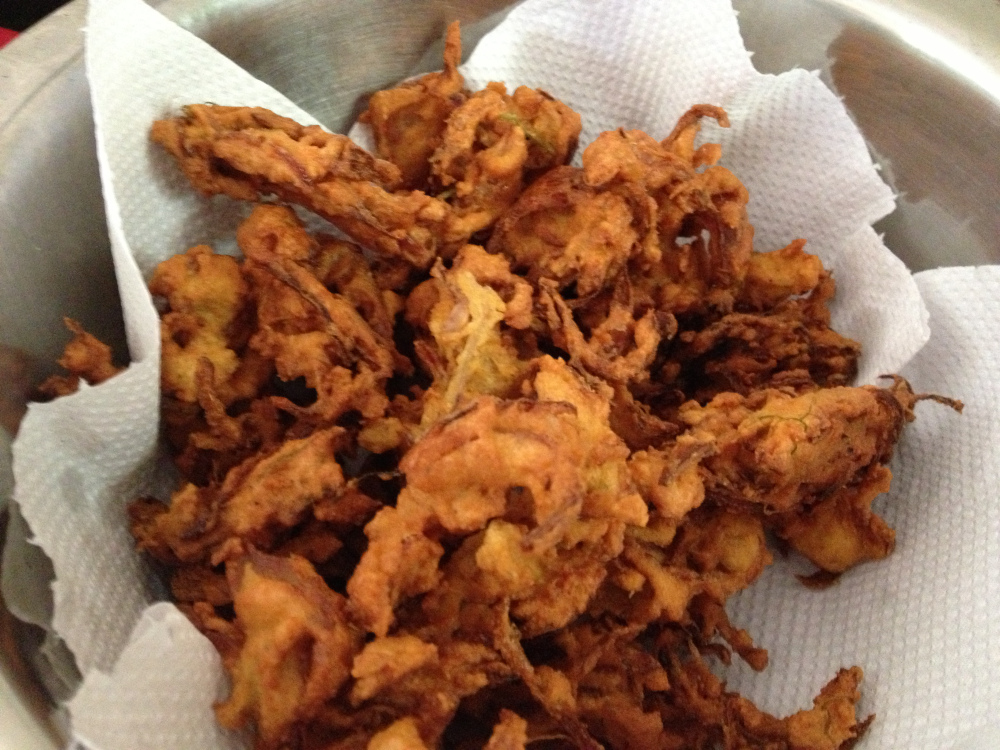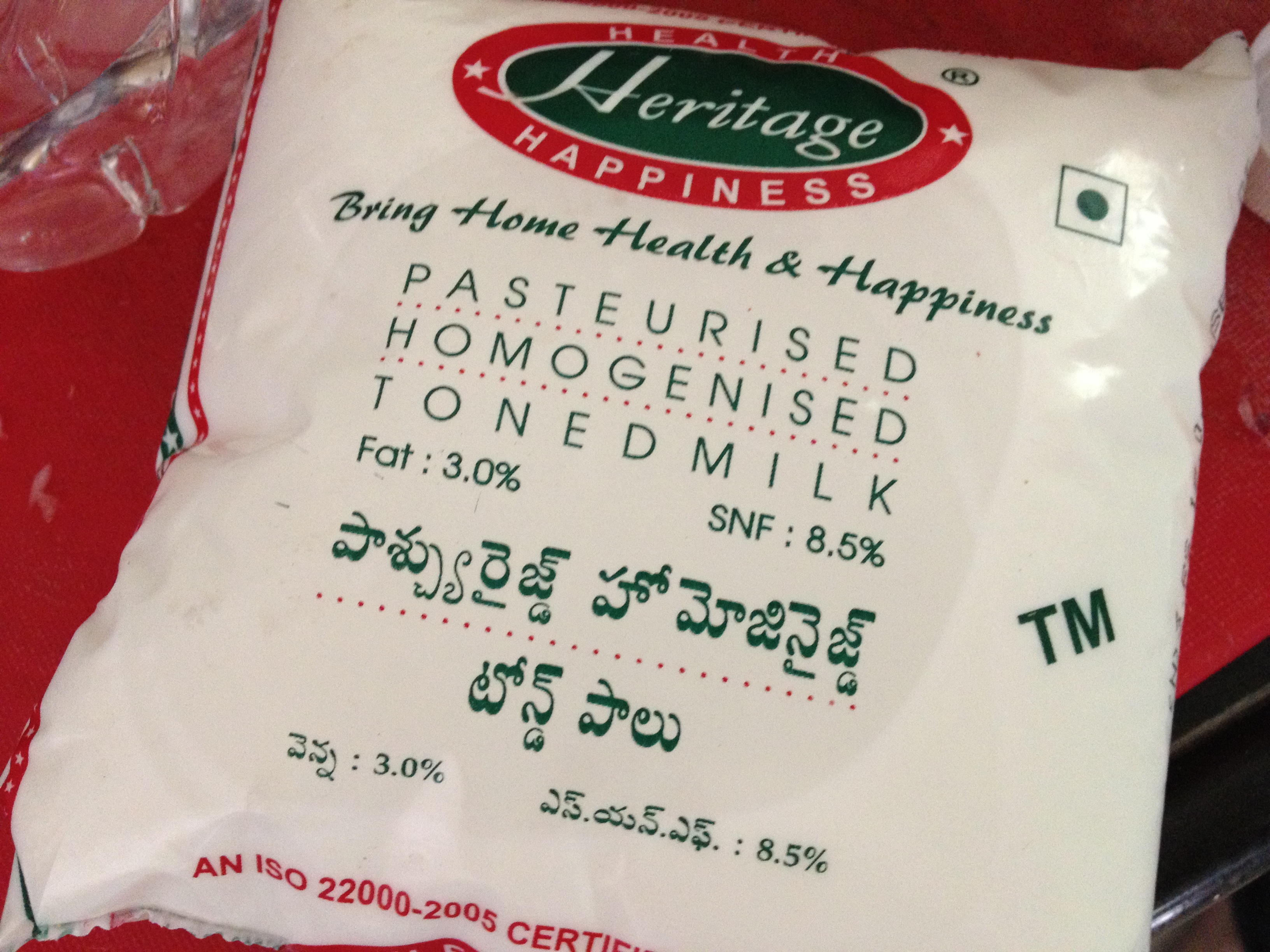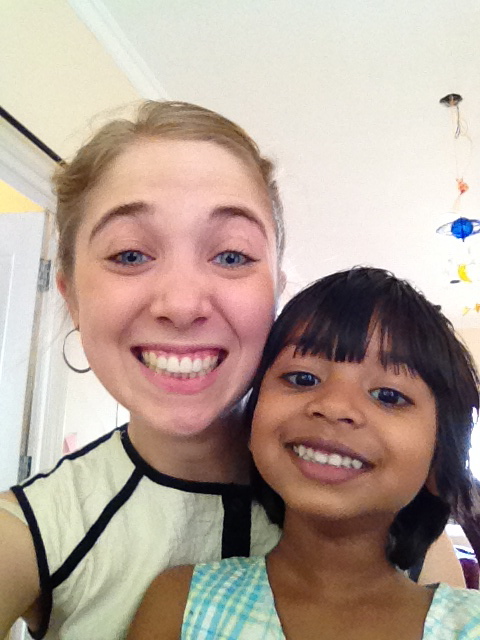Today’s blog post by Maria N, a Nebraska Wesleyan University Theatre Arts major spending a semester at the University of Hyderabad in India, highlights how culture and academics collide during a cooking lesson given by one of her university professors.
As a part of my Hindi language class our professor, Bhavani offers three cooking classes at her home! To make it even better, it turns out only 4 out of our class of 14 showed up! This provided personal attention and a chance to ask Bhavani lots of questions.
Lesson #1: Snacks–Chai and Onion Pakodas (चाय और प्याज़ पकोड़े)
Pakodas are vegetable fritters and can be made with any type of vegetable dipped in batter and fried. They are commonly served as a snack on the street. Bhavani said that she likes to make them in the monsoon season when it is raining hard outside. Nothing like a warm snack on a cold day.
The batter is very simple:
- chickpea flour
- chili powder
- coriander powder
- salt
- garlic/ginger paste (made fresh on a monthly basis by crushing fresh garlic, ginger, and salt together)
- thinly sliced red onion (pyaz – प्याज़)
All the ingredients are “to taste” and water is added until thick and sticky. Then Bhavani heated the oil (a combination of sunflower and peanut oils) and “crumbled” the batter into the hot oil. As the onions sizzled and browned in the hot oil, the smell of onion rings filled the room. The end result is little fried onion clumps. We decided that we could have added more chili powder for more spice.
Next we moved on to the chai tea. Bhavani added milk (doodh – दूध) and water (pani – पानी) to a sauce pan. The ratios, she said, are up to you, whether you like it more milky or not.
To the liquid she added:
- Loose leaf tea–about ½ Tablespoon per cup. (The tea she used was a blend of southern indian leaves. Any type of coarse black tea can be used.)
- Raw sugar–about 1 teaspoon per cup (or to taste)
- Ground cinnamon (dalcini – दालचीनी)
- Fresh smashed ginger or dried ginger peel (adrak – अदरक) *this is the key ingredient!
The mixture is simmered until the desired strength. The longer you let it simmer, the stronger the tea will be. Bhavani said that in the north they call it “black chai” because it is so dark. Here is the difference in colors:
Classic marsala chai contains cinnamon, ginger, and cardamom but other combinations are created. For example, you can add crushed fresh mint or basil for a brighter blend.
The tea is strained into individual cups and consumed with joy. Literally, the best chai I have ever had! The smells fill your nostrils and tickle your tongue. I will definitely be making chai back at home!
Chai Tea India Lesson Chai Tea India Lesson Chai Tea India Lesson As we enjoyed our afternoon snacks we met Bhavani’s daughter, Tavni. Tavni is 5 or 6 and a social butterfly. She was eager to meet these visitors at her home!
Like this Story? Also like us on Facebook.
